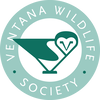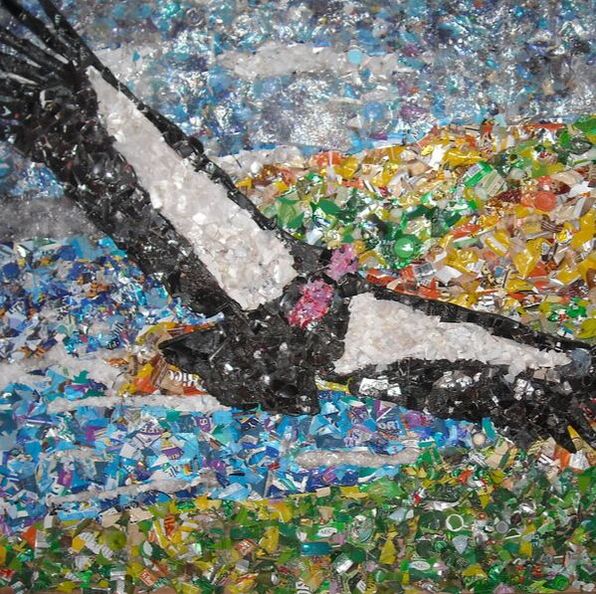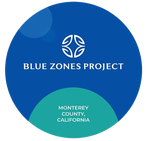|
This beautiful art piece was created by 5th grade students at Mount Madonna School in Watsonville, California, with the help of their dedicated teacher Jessica Campbell. This image of a California condor in flight is crafted from bits of colorful micro-trash
Vertical Divider
|
Mount Madonna School's
5th Grade Environmental Project About the artists
Each year the 5th grade class at Mount Madonna School in Watsonville, California chooses an environmental project in which they work to enact change upon this issue. Projects include students researching a chosen topic of interest, meeting experts to help expand their knowledge base, looking for projects in which they can help to benefit the environment, and identifying civic action though which students can show their support and to help raise awareness. During the 2012-2013 school year, the students decided to focus on the endangered California condor. In 2009-2010 the students worked toward reducing Marine Debris with Save Our Shores. In 2010-2011 the class focused on Sea Otters and created a Worldwide Waste Reduction Day which inspired people from all over the world to go outside and pick up litter. In 2011-2012 the students worked to rebuild habitat for the Western Burrowing Owl and raise awareness of dangers the species faces. We are a fully committed team of two teachers, parents and students. In 2011 and 2012, the children were nationally recognized for their work in the Siemens We Can Change the World Challenge as top in the Nation. In addition, the class of 2012 also took top honors at state and local environmental competitions. |
Micro-trash and WildlifE
Microtrash is defined as items that are typically smaller than a quarter, and may consist of bottle caps, pull tabs, coins, nuts, bolts, screws, broken glass, cigarette butts, construction site remnants, plastic pieces, bags, tape, bullet casings and slugs, etc. For reference, one pound of
microtrash is the equivalent of over 750 soda tabs, or 2,667 cigarette filters (butts). Our focus is on plastic microtrash which often weighs even less. We also collect larger items that will later break down into microtrash.
Ingestion of microtrash by condor nestlings has been found to be one of the main limiting factors of condor population growth in the wild. Microtrash causes nest failure because developing chicks are fed microtrash items (such as broken glass, plastic/metal bottle caps, etc) by their parents, who mistake the microtrash items for natural sources of calcium (sea shells or bone chips) they need to provide growing nestlings. Once ingested by the nestling, microtrash can lacerate internal organs or break down into toxins which poison the young
bird, or, being indigestible, can become impacted in the gastrointestinal tract, leading to starvation. We discovered nesting adult condors were finding the largest sources of microtrash on the Big Sur coast at highway pullouts, most likely debris left behind by tourists
just passing though.
We estimate that our biologists in Big Sur currently pick up an average of 15 pounds of microtrash annually. In addition, our Adopt-A-Highway participants collect an estimated .5 pounds of microtrash during each of our six 1.5 hour clean up events.
We successfully initiated volunteer cleanups in 2012 and as a result, observed a sharp decrease in microtrash related chick deaths since. Increasing microtrash outreach and education will further ensure the safety of all condor nestlings and bolster condor recovery efforts in central California.
It is important to note that California condors are not the only wildlife affected by microtrash - there are plenty of stories, photos and research that support how devastating microtrash can be to the ecosystem, from the well-known photos of albatross that have succumbed to ingesting plastic, to the unusually intense collection of man-made marine debris found in our oceans gyers.
microtrash is the equivalent of over 750 soda tabs, or 2,667 cigarette filters (butts). Our focus is on plastic microtrash which often weighs even less. We also collect larger items that will later break down into microtrash.
Ingestion of microtrash by condor nestlings has been found to be one of the main limiting factors of condor population growth in the wild. Microtrash causes nest failure because developing chicks are fed microtrash items (such as broken glass, plastic/metal bottle caps, etc) by their parents, who mistake the microtrash items for natural sources of calcium (sea shells or bone chips) they need to provide growing nestlings. Once ingested by the nestling, microtrash can lacerate internal organs or break down into toxins which poison the young
bird, or, being indigestible, can become impacted in the gastrointestinal tract, leading to starvation. We discovered nesting adult condors were finding the largest sources of microtrash on the Big Sur coast at highway pullouts, most likely debris left behind by tourists
just passing though.
We estimate that our biologists in Big Sur currently pick up an average of 15 pounds of microtrash annually. In addition, our Adopt-A-Highway participants collect an estimated .5 pounds of microtrash during each of our six 1.5 hour clean up events.
We successfully initiated volunteer cleanups in 2012 and as a result, observed a sharp decrease in microtrash related chick deaths since. Increasing microtrash outreach and education will further ensure the safety of all condor nestlings and bolster condor recovery efforts in central California.
It is important to note that California condors are not the only wildlife affected by microtrash - there are plenty of stories, photos and research that support how devastating microtrash can be to the ecosystem, from the well-known photos of albatross that have succumbed to ingesting plastic, to the unusually intense collection of man-made marine debris found in our oceans gyers.






